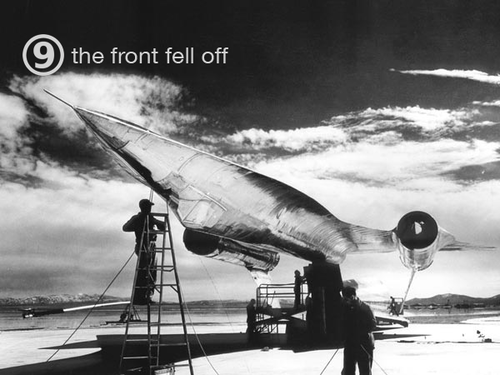And in the worst possible orbit for a catastrophic failure too. This was out at a geostationary orbit (GEO), the kind where the satellite circles Earth at the same rate that Earth rotates making it look like the satellite is at a fixed position in the sky. By space standards these orbits are prime real estate because the satellite dishes to receive the transmissions are cheap to make. There's no complicated motorized tracking system needed. Allocation for GEO slots is managed by the International Telecommunication Union.
The problem is that there's basically no atmosphere out at GEO to gradually slow derelict debris. In a low Earth orbit (LEO) there's actually still trace atmosphere that gradually slows anything in orbit. A satellite exploding in LEO is not ideal but it's not a long-term issue, it will not cause a Kessler syndrome. All that debris is coming down in a few years at the very most and probably less than a year on average. LEO orbits are self-cleaning. But out at GEO any debris is going to be around for thousands of years minimum, possibly millions of years.
And this is not the first time that a satellite based on this specific Boeing satellite bus failed recently for unknown reasons in the past few years. Intelsat 29e (also out at GEO) failed in 2019 and seems to be surrounded by a debris cloud.
A satellite bus is a kind of standardized spacecraft that has the non-specialized systems needed to operate already designed: power, propulsion, navigation, comms, etc. The standardized size also means the customer can have an easy time finding a rocket that it will fit inside. The customer just specifies the extras they want when the contract for construction is signed.





 harder, they'll finally have access to quality engineering...
harder, they'll finally have access to quality engineering...